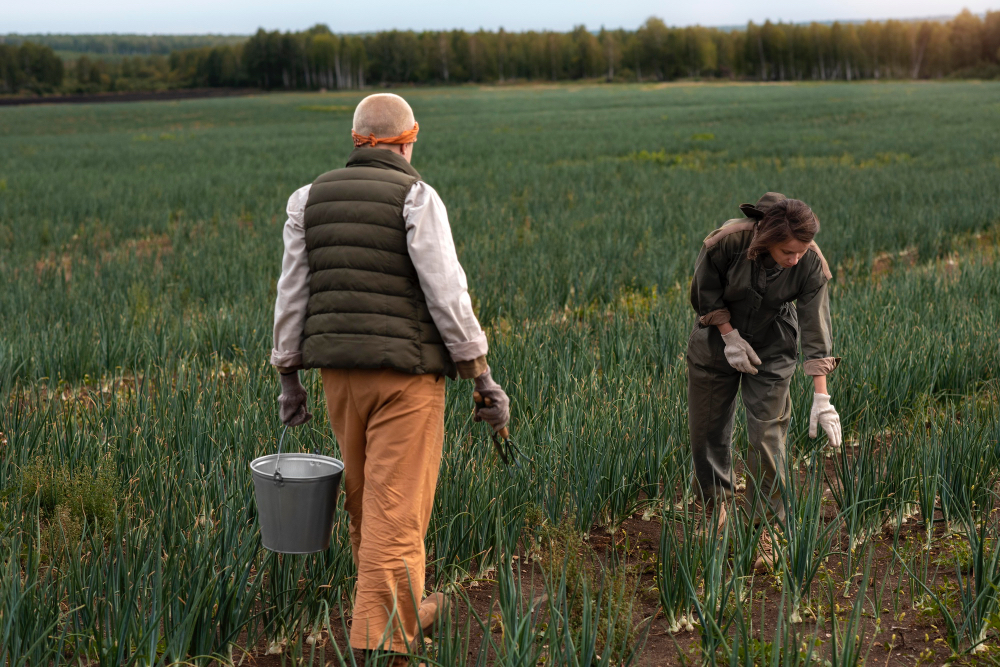As farming enters a new era of innovation, technology stands at the forefront, offering not just new tools but new ways to grow and thrive. Yet, the heart of this evolution isn’t in chasing the latest gadgets; it’s in strategically selecting technology that genuinely enhances your farm operations. Drawing inspiration from Jim Collins’ “Good to Great,” where the leap from good to greatness is examined through a 5-year research project, it becomes clear that the transformative power of technology lies not in its novelty but in its application. Great companies—and farms, by extension—use technology to accelerate their momentum, building on what they already do well, rather than looking to technology as the sole source of transformation. Let’s explore into how this principle can be applied to your farm, ensuring that technology acts as a booster, not just a new addition, to your agricultural practices.
Today’s agricultural landscape is filled with innovations, from drones monitoring crop health to smart irrigation systems optimising water use. These advancements promise to bring precision and efficiency. The secret? Choose tech that enhances what you’re already great at, helping your farm not just grow, but grow smarter.
Smart Choices in Technology Use
Making technology work effectively for you involves careful planning and consideration. Here’s how you can make technology a powerful ally in your farming operations:
1. Assess and Choose Wisely
- Identify Challenges: Understand the specific issues affecting your operations, such as work delegation issues, water management inefficiencies or high labor costs.
- Gather Insights: Engage with other farmers at agricultural conferences or through meetups to learn from their experiences with technology. You may request case studies from tech companies too.
- Conduct Due Diligence: Vet potential solutions by reviewing user feedback, compatibility with existing systems, and cost-effectiveness over time.
- Trial and Decide: Test technologies that align with your needs in your farm’s environment and evaluate their benefits before fully committing.
2. Learn and Adapt
- Embrace Learning: Explore into new technologies with an eagerness to understand their functionalities.
- Monitor and Adjust: Continuously check the performance of implemented technologies and tweak as needed to ensure they meet your farm’s evolving needs.
3. Regular Check-Ins:
- Establish a schedule for routine check-ins to ensure each piece of technology remains effective as your farm evolves. Set reminders to review new features every 3 to 6 months. This proactive approach keeps you current with the latest advancements, maximizing the benefits of your tech investments.
Keeping Your Farm’s Heart
It’s essential that technology serves your farm’s methods, not the other way around. Use it as a support system rather than reshaping your farm’s core practices. Farm technology should enhance, not overshadow, the unique character of your farm. Remember, it’s rare to find a technology solution that meets all your needs perfectly. If a tool satisfies about 80% of your requirements, it’s generally worth integrating. This pragmatic approach allows you to make informed decisions without waiting for the perfect solution. Maintain open lines of communication with your team and other farmers to share insights and experiences, which is vital for continuous improvement.
Now, consider the areas where technology could significantly impact your farm, such as improved resource management or more efficient task handling. Starting with small, manageable solutions allows for easier integration and less disruption.
To start integrating technology effectively, download our free “Farm Tech Evaluation Framework.” This tool is designed to help you assess your farm’s tech needs and guide your team toward embracing useful innovations. Download now and step confidently into a future where your farm is not just surviving but thriving through smart technology.
If you found this article helpful, share it with your network to help others unlock their farming potential. Don’t forget to like and follow us on social media for more insightful tips: Facebook, Instagram, and LinkedIn. Let’s empower more farmers together!

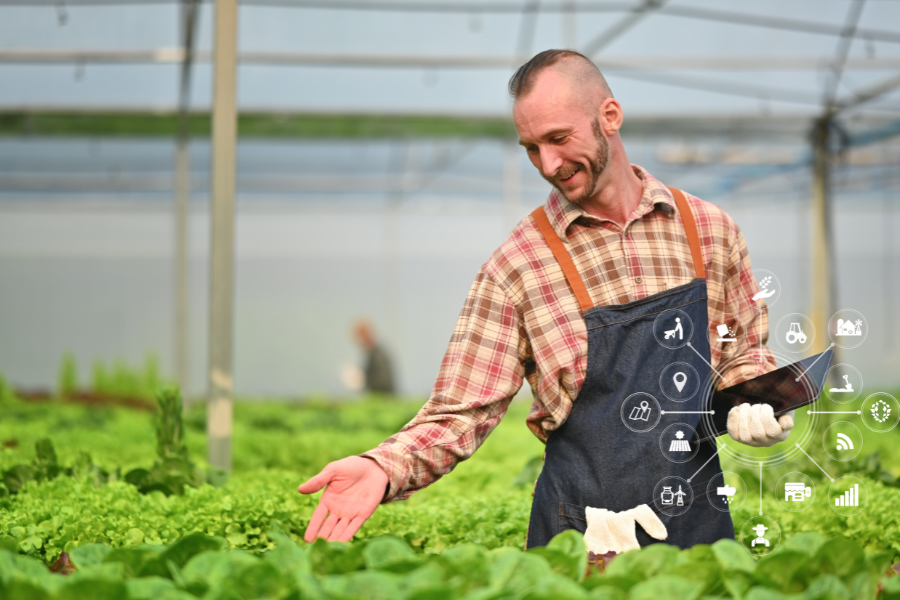 Enable Ag
Enable Ag

 Enable Ag
Enable Ag
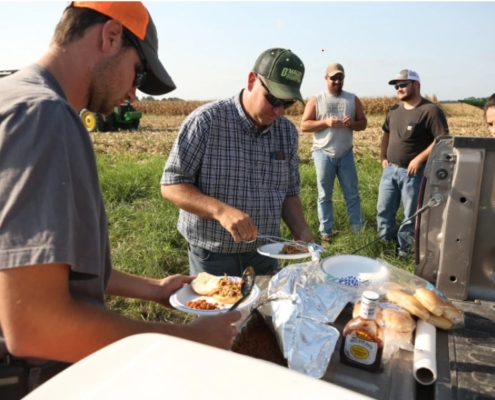

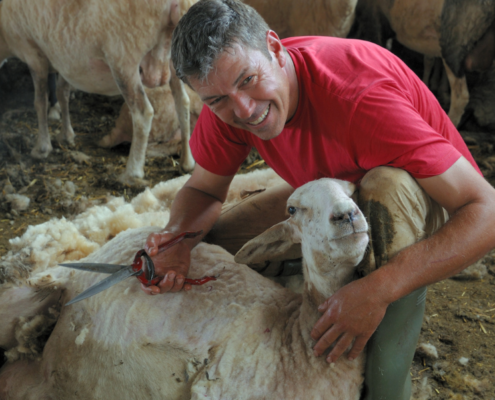

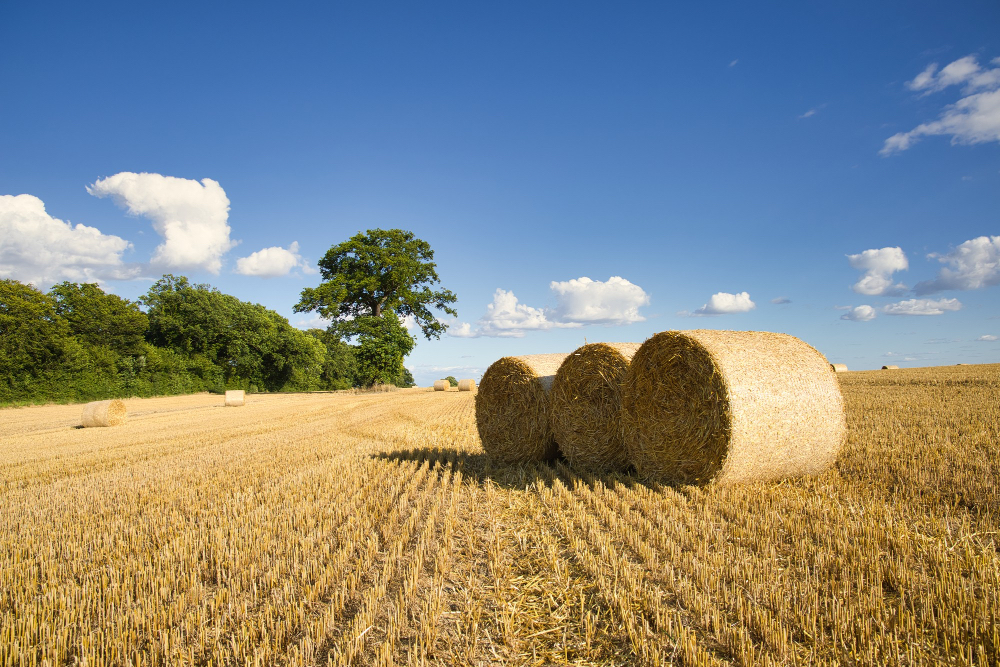 Enable Ag
Enable Ag